Earlier this year NTT Docomo’s survey section Minna no Koe asked the question “Which prefecture are you least likely to ever visit?” and 7,055 people dutifully responded. With a total of 47 prefectures it can be hard to choose just one, but distance and cost — rather than lack of sights to see — may be a stronger factor in decision-making. We’ve listed the top 10 (or rather bottom 10) contenders as well as why you should visit these fascinating domestic destinations.
10 Iwate Prefecture
Home to the rugged Sanriku coast, Iwate is often overlooked despite its fantastic sake and ski slopes, as well amazing natural wonders like the miracle 250-year-old pine trees and the winding complex network of the Ryusendo Caves. It also boasts the town Hiraizumi, a UNESCO archeological site (and one of Nippon 100’s favorite spots in Japan) due to its dozens of ancient temples. For foodies, piling up a tower of wanko soba bowls is a must.
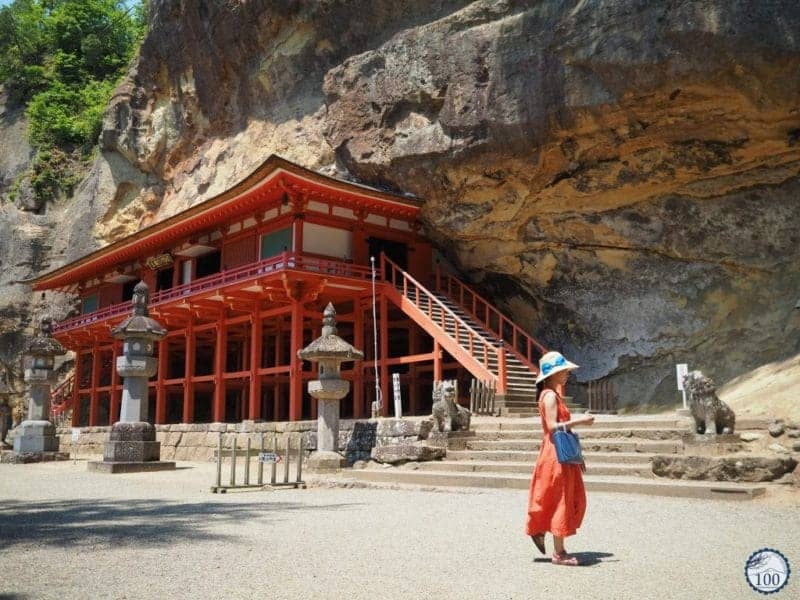
Takkoku no Iwaya Temple in Hiraizumi, Iwate / Photo: Nippon 100
9 Fukushima Prefecture
Despite being only a two-hour Shinkansen ride from Tokyo, Fukushima Prefecture comes in at number nine. The prefecture is often erroneously lumped together with its exclusion zones, despite these making up just a small percentage of Fukushima’s total area. Fukushima has so much more to offer, including stunning landscapes and historic temples, as well as sophisticated fusion cuisine, unique traditional craft experiences and even towns like Ouchi-juku that retain their Edo period atmosphere and architecture. It also has great ski resorts and plenty of countryside to roam around, and you can even get a taste of Britain if you’re so inclined.

Hariko doll painting, Fukushima Prefecture / Photo: Robert Kirsch
8 Yamaguchi Prefecture
Located at the southwestern tip of Honshu, Yamaguchi is the last stop west before reaching the island of Kyushu. Visitors to Shimonoseki can even see Kita-kyushu’s Moji Port across the water. Despite seeming far off now, Yamaguchi (then known as Choshu) played a vital role in overthrowing the shogunate and thereby ending Japan’s feudal era. Hagi is best known for its well-preserved samurai district and its pottery, while Akiyoshidai boasts a plateau that is home to Japan’s largest and longest limestone cave. Iwakuni’s Kintai-kyo bridge is an impressive feat of traditional architecture with its multiple wooden arches.
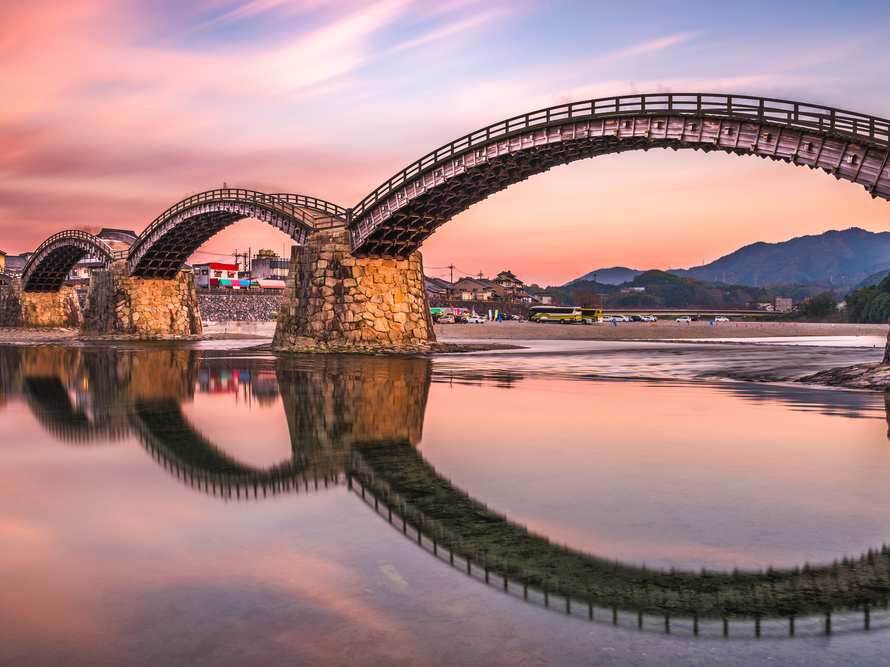
Kintai-kyo Bridge, Yamaguchi Prefecture / Photo: Shutterstock.com
7 Fukui Prefecture
Fukui Prefecture gets a lot of flack for not having anything special — especially by locals — but scratch at the surface (literally) and you’ll find out how historically significant this area is to Japan, and to the world. Dig for fossils at Fukui Prefecture Dinosaur Museum, which is conveniently located close to Japan’s largest dinosaur excavation site. There are even multiple dinosaur species that have been discovered here, and only here. Tsuruga Port on the Sea of Japan has an illustrious history dedicated to humanitarian aid. In the early 1920s the Japanese Red Cross helped 375 Polish orphans escape Russia, which was in the middle of its revolutionary civil war. Later during World War II, Chiune Sugihara helped provide visas for 3,000-5,000 (numbers vary according to source) Jewish refugees as they fled persecution. Discover more at the Port of Humanity Tsuruga Museum.
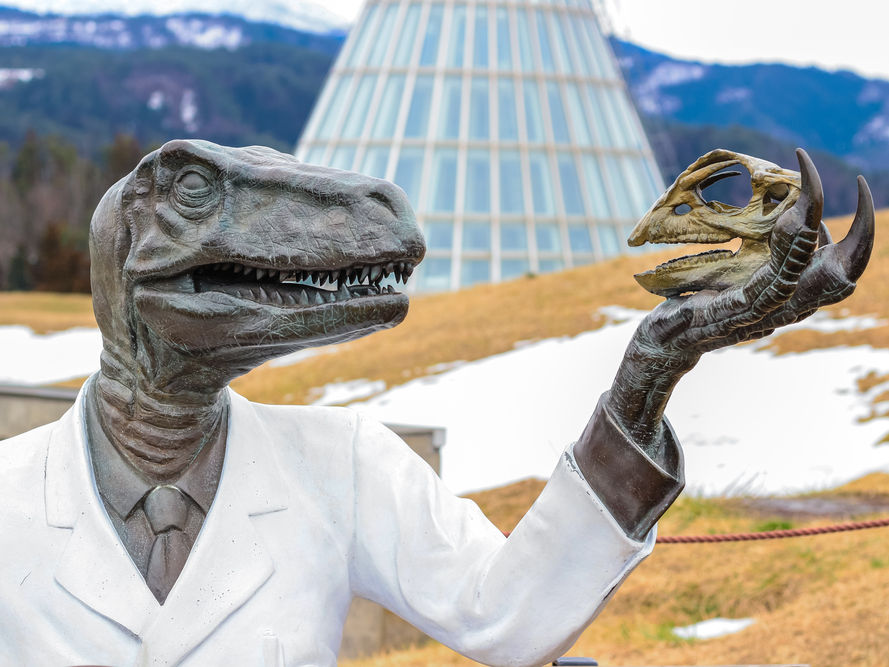
Fukui Prefectural Dinosaur Museum, / Photo: AKKHARAT JARUSILAWONG, Shutterstock.com
6 Tottori Prefecture
While the Tottori Sand Dunes get most of the attention, the Tottori Sand Museum, which uses sand from the dunes, is just a stone’s throw away and is far more fascinating than its name suggests. Almost two dozen giant sand sculptures take on a new form each year, usually under the theme of a region of the world. This year’s theme is South Asia. Tottori, like Fukui, faces the Sea of Japan and offers plenty of adventurous water activities, fresh crab cuisine and a mind-bogglingly unique “aquarium” filled with dead fish. Tottori was also home to Shigeru Mizuki, creator of Gegege no Kitaro, and visitors to Sakaiminato can stroll down a street devoted to his quirky characters.

An exhibit at the Sea and Life Museum, Tottori Prefecture / Photo: Lisa Wallin
5 Hokkaido Prefecture
Hokkaido is a surprising entry in the list, given its popularity as a summer vacation destination. Lauded for its delicious seafood, sake and skiing, Hokkaido is also great for cyclists who want to cover long distances without worrying about jam-packed roads. It’s also a great location to experience farm stays and glamping, as well as find out more about Japan’s indigenous Ainu population.
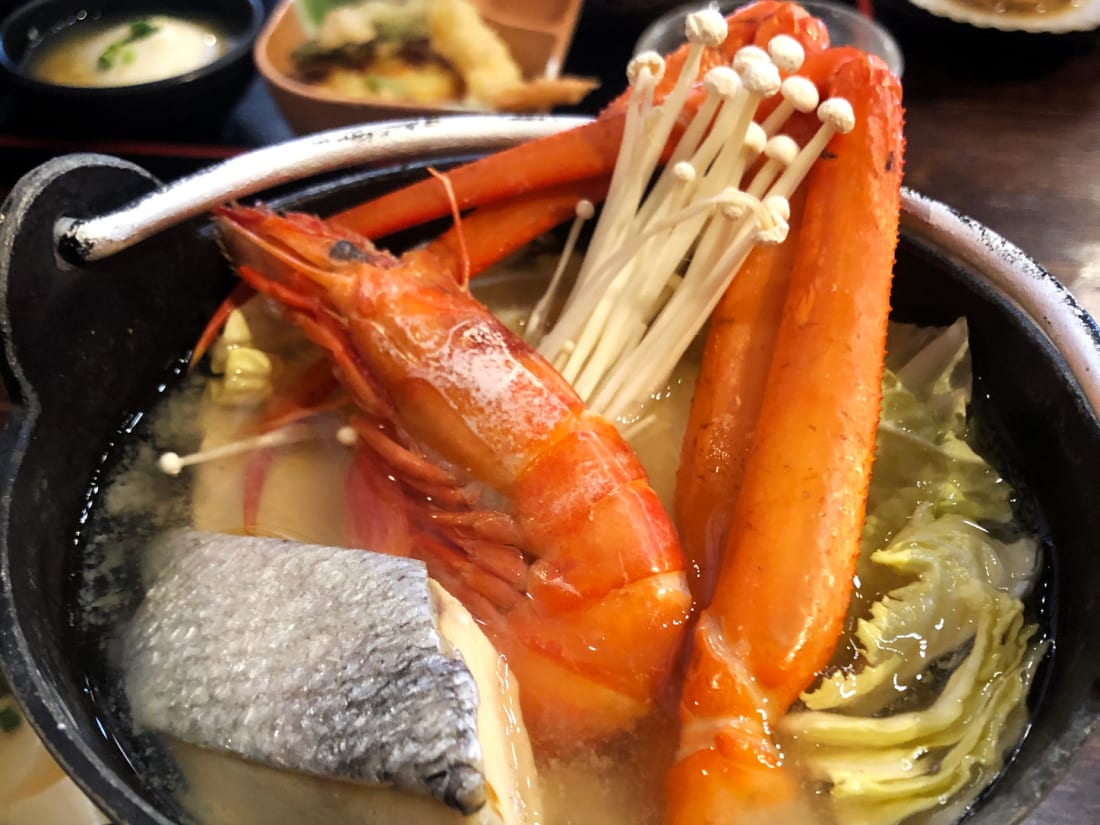
Crab miso soup, Hokkaido Prefecture / Photo: Nick Narigon
4 Aomori Prefecture
At the tip top of Honshu, Aomori is often considered a bit of a mystery, even to the Japanese. Known for its apples and its sweltering summer festival, the Nebuta matsuri, Aomori also offers dense lush forests, historic onsen hideaways and much more. Most recently, Aomori’s most striking representative is in the form of Nyango Starr, an apple-cat hybrid who also just happens to be a drum prodigy.
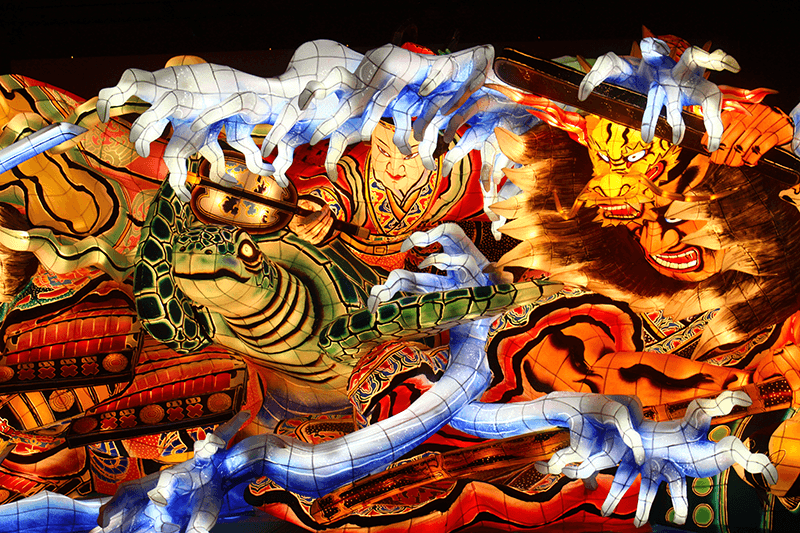
Nebuta matsuri float, Aomori Prefecture
3 Saga Prefecture
Saga Prefecture, tucked between its more famous siblings Nagasaki and Fukuoka, is the middle child of the northern Kyushu and is often forgotten. Case in point: no other Kyushu prefecture made it on the top 10 list. Despite its abysmal placement, it shouldn’t be overlooked. Saga is home to three of Japanese most famous pottery regions — Arita, Imari and Karatsu and has a long tradition of other crafts as well. History buffs should head to Yoshinogai Historical Park to find out more about Japan’s ancient Yayoi period. Why not spend a weekend there? We hear autumn is a particularly good season to visit.
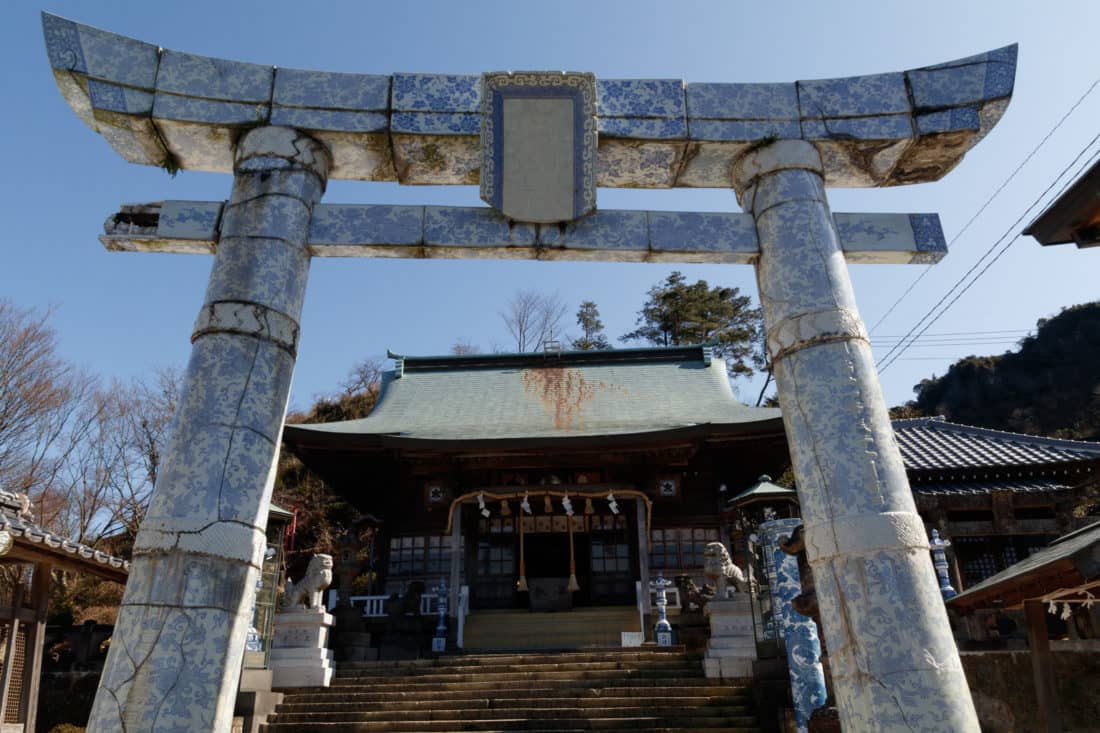
Torii made from porcelain at Tozan Shrine, Saga Prefecture
2 Shimane Prefecture
Only second to Tottori as Japan’s least populous prefecture, Shimane is often thought to be “empty” outside of popular destinations Izumo Taisha (one of Japan’s most important shrines) and Matsue Castle (one of only 12 remaining original castles). Paired together, Shimane and Tottori make up the San’in region (which translates rather romantically to the shadows of the mountain), an area bursting with ancient historical significance. It’s said that up to a third of the legends featured in the Kojiki (an ancient record detailing Japan’s myths) take place in this area — particularly in Shimane, giving rise to the nickname “the land of the gods.” Whether you’re looking for a spiritual escape or somewhere to enjoy a natural environment that has been saved from overdevelopment, Shimane is one of the best places to go. But you’d better go fast — the whole San’in region is rising in popularity, so head out to the geologically unique Oki Islands for a hiking adventure, or soak in an onsen in Yunokawa and enjoy the lack of crowds while you can.
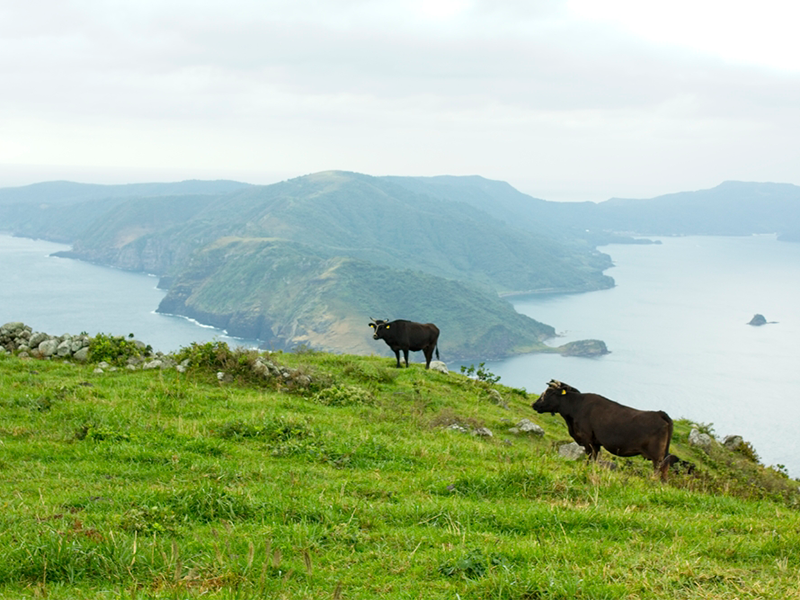
The Oki Islands, Shimane Prefecture / Photo: Lisa Wallin
1 Okinawa Prefecture
780 people said that the destination they would be least likely to visit in their lives would be Okinawa. Whether it’s an issue of distance, price or other reason is anyone’s guess, but we’re pretty sure it’s not because Okinawa doesn’t have anything to offer. The prefecture is practically littered with stunning beaches, exciting outdoor activities, amazing diving locations, a unique traditional culture and the perfect destination for island hopping fans. If you’re looking for a quieter holiday, Okinawa has a host of classy resorts and hotels to pamper you during your stay.
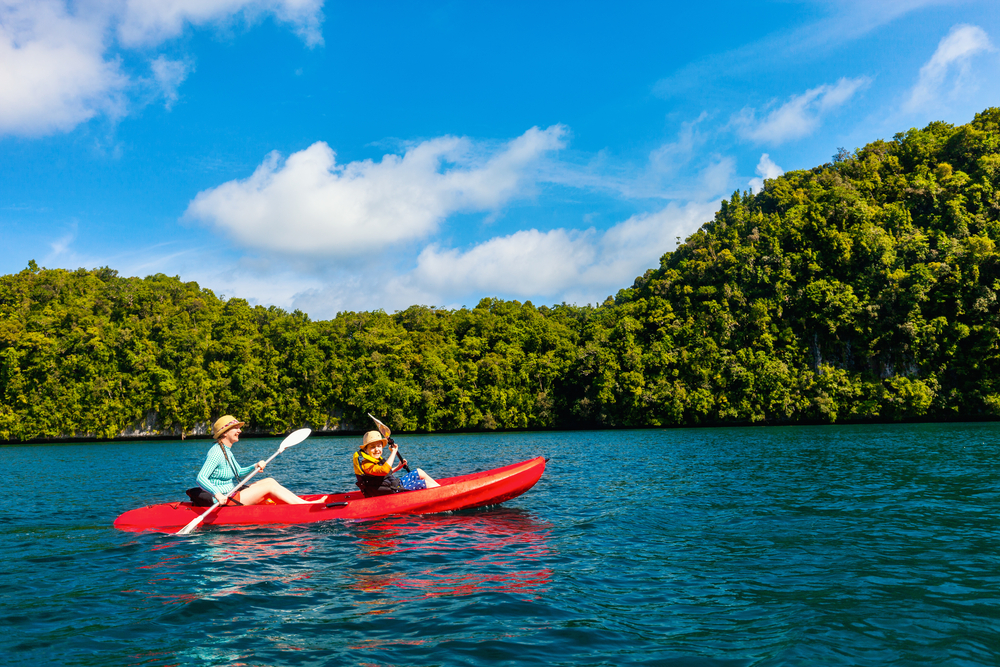
Kayaking near mangrove forests in Okinawa Prefecture
Which of Japan’s 47 prefectures do you think you’re least likely to visit? Which one would you like to visit the most?
Looking for more places to avoid the masses? Check out Escape Tokyo’s Tourist Boom: 8 Destinations within Japan to Find Relief








